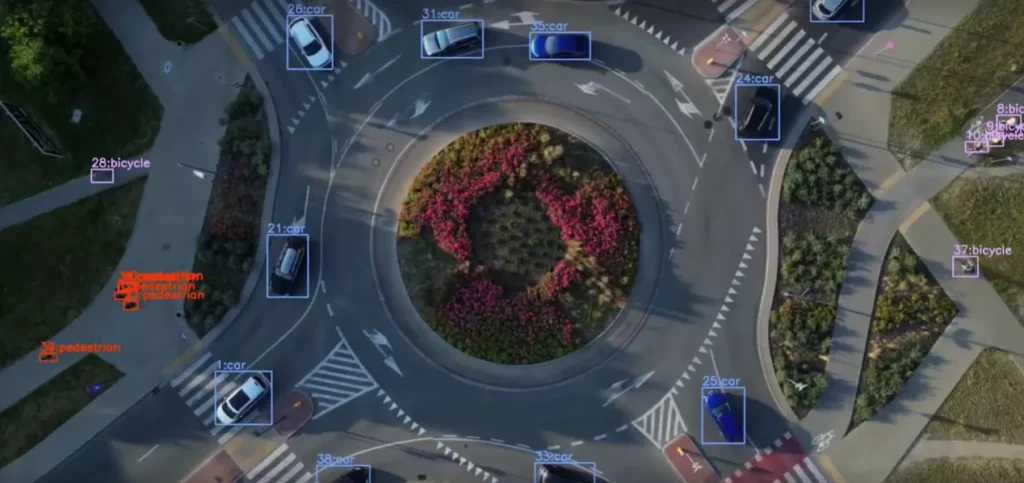
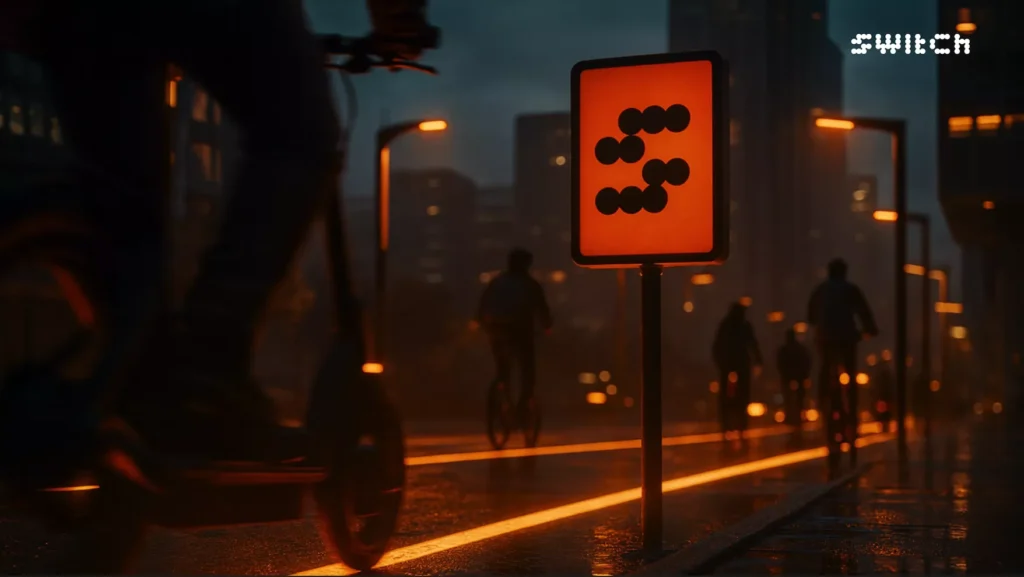
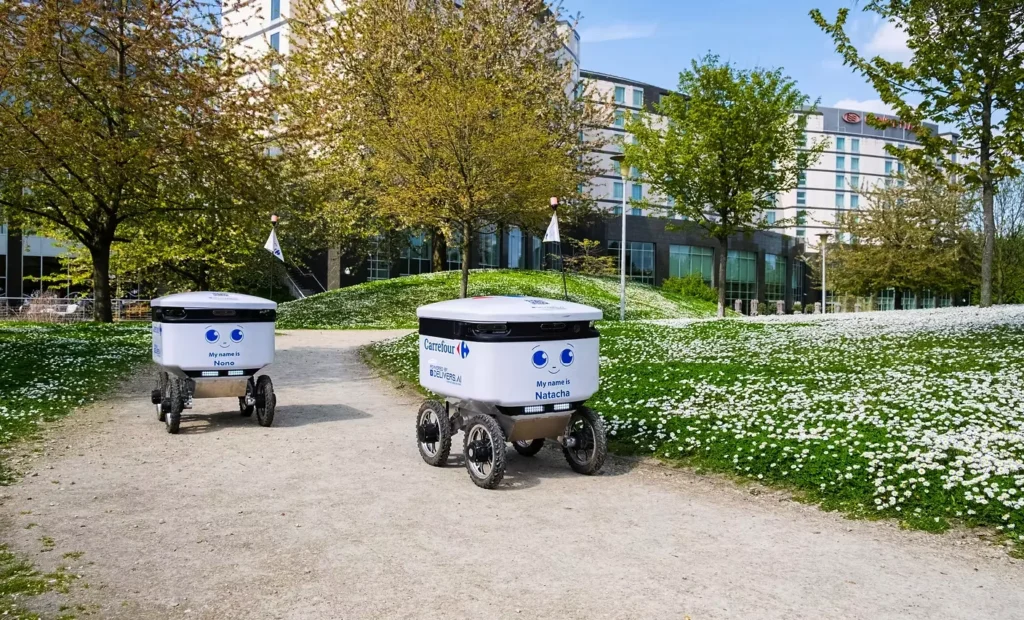
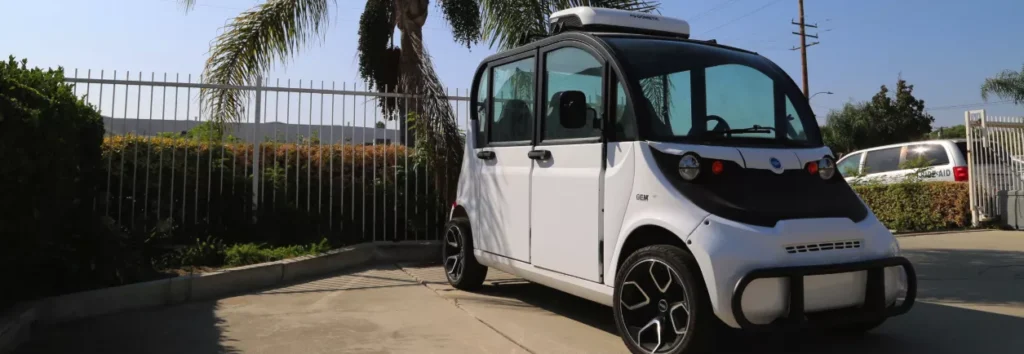
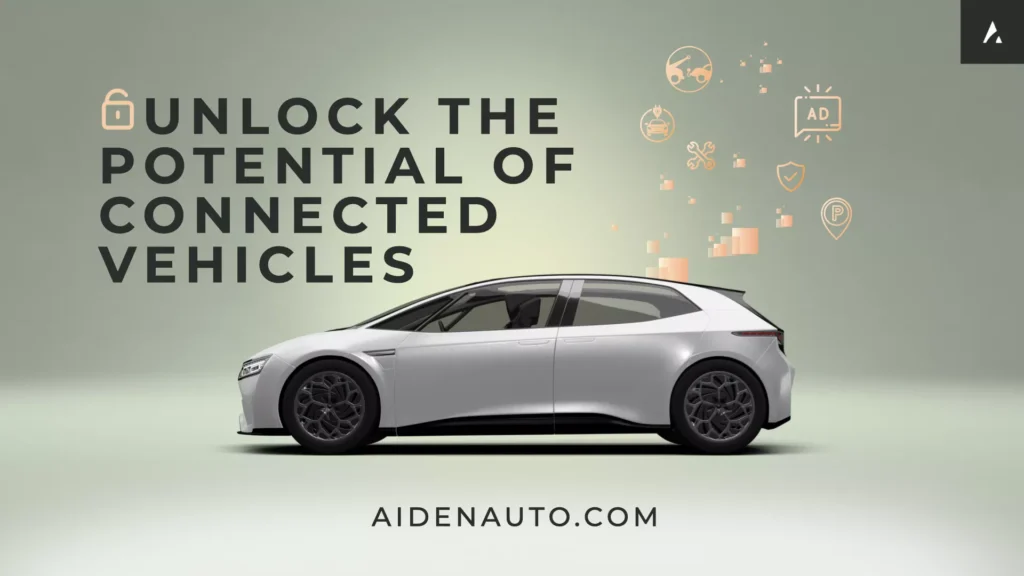






From EVs and batteries to autonomous vehicles and urban transport, we cover what actually matters. Delivered to your inbox weekly.
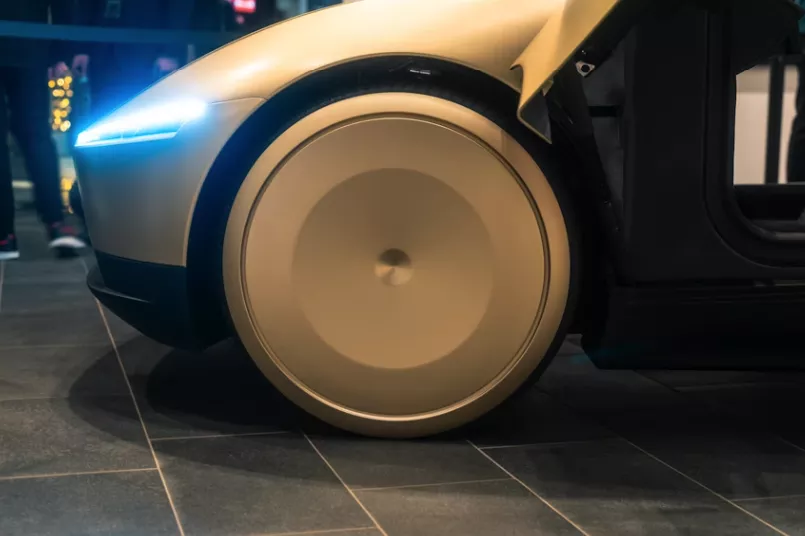
Robotaxis are no longer just crawling around test loops in Silicon Valley or Phoenix suburbs. They’re showing up where the pressure — and visibility — is highest: airports, entertainment districts, and city cores packed with people.
These aren’t symbolic demos. They’re real deployments in places where congestion, demand, and first impressions collide. And they reveal what the next two years of autonomous mobility will look like.
This week we’ll cover:
Autonomy is coming fast, but most of our infrastructure wasn’t built for it. That’s where Autolane steps in.
Founded in 2024 and based in the Bay Area, Autolane is building the universal infrastructure layer for autonomous ride-hailing and delivery. Their product, OpenCurb, turns high-traffic commercial parking lots into smart, AV-ready zones for seamless pickups and drop-offs.
🚗 Live pilots in Austin and San Francisco
🏙️ Designed for retailers, restaurants, and shopping centers — not city streets
📸 Uses vision-based sensors and ALPR tech to check in authorized vehicles automatically
For most of the last decade, autonomous vehicles lived in low-stakes environments:
These efforts built tech, but they didn’t build public trust. Few people outside the bubble ever got a real ride.
In 2025, robotaxis are pushing into high-visibility, high-demand zones:
Why these zones?
The next phase is about making these hubs indispensable connectors:
Robotaxis won’t scale citywide overnight. They’ll scale outward from these hubs, where the economics, visibility, and trust-building start first.
We have some catching up to do.

✈️ Waymo Receives Permit to Operate at San Francisco International Airport
Waymo secured its first major airport approval in California, gaining permission to begin autonomous operations at SFO. The three-phase rollout starts with safety-driver tests, then employee rides, and eventually commercial service — positioning Waymo to capture premium airport demand. (San Francisco Standard)
🚕 Zoox Launches First Public Robotaxi Service in Las Vegas
Amazon’s Zoox debuted the U.S.’s first public robotaxi fleet using vehicles without steering wheels or pedals. Free rides now connect venues like Resorts World and AREA15 on the Vegas Strip. Built at Zoox’s 220,000 sq. ft. Hayward plant, the rollout ends Waymo’s U.S. monopoly. (Reuters)
⚡ Tesla Receives Nevada Approval for Robotaxi Testing
Nevada’s DMV approved Tesla to test autonomous vehicles on public roads just one week after application. The move reflects Nevada’s AV-friendly process, though Tesla must self-certify before commercial service, following its Austin model. (Not a Tesla App)
🇦🇪 dnata Deploys Autonomous Vehicles at Dubai Airport
Ground handling firm dnata invested $1.6M to deploy six autonomous electric tractors at Dubai World Central-Al Maktoum Airport. The EZTow units, powered by EasyMile, tow four baggage containers at 15 km/h and will advance to Level 4 autonomy by 2026. (EasyMile)
🏛️ NHTSA Updates Autonomous Vehicle Regulatory Framework
The U.S. regulator introduced three rulemakings to modernize safety standards for AVs, covering transmission controls, windshields, and lighting. The updates accommodate vehicles without manual controls, paving the way for purpose-built robotaxis like Zoox. (Varnum Law)
🌍 Robotaxi Market Projected to Reach $188.9B by 2034
Precedence Research forecasts the market will grow from $4.43B in 2025 to nearly $189B by 2034 (CAGR 52.5%). Asia Pacific leads with 32% share, Europe is fastest-growing, and LiDAR dominates components at 41%. (Yahoo Finance)
🕐 Tesla Extends Austin Robotaxi Operating Hours
Tesla expanded Austin service to 6 a.m.–2 a.m., adding late-night coverage to boost utilization. The fleet spans ~170 square miles with new highway capability, while safety monitors still shift between driver and passenger seats. (Teslarati)
🇬🇧 Aurrigo Advances Airport AV Testing
UK-based Aurrigo is piloting autonomous cargo and baggage vehicles at Schiphol and Teesside airports with Swissport. Commercial rollout is expected by 2026, with weather challenges addressed by improved software and sensor protection. (CNN)
Robotaxis aren’t spreading evenly across cities. They’re clustering around airports, entertainment districts, and transit nodes.
🚫 Reality: They scale first where density and regulation align.
Robotaxis thrive where demand is steady, infrastructure is managed, and regulators are supportive.
🚫 Reality: Hubs need a full stack of support.
Charging is part of it, but without smart curbs and staging, fleets can’t run reliably.
🚫 Reality: They’re connectors, not replacements.
Instead of cannibalizing transit, AVs reinforce it by stitching together fragmented mobility.
Robotaxis will not conquer entire cities overnight. They’ll win trust and scale outward from the busiest, most visible mobility nodes: airports, downtowns, and high-footfall districts. Whoever secures those hubs first will set the terms for how autonomy expands.
As robotaxis roll into airports and entertainment districts, the question isn’t just does the tech work, but are cities are ready for the side effects.
This Vox analysis argues that without smarter curb management and congestion policy, AVs could increase traffic instead of easing it. Empty re-positioning trips, poorly managed pickup zones, and lack of coordination with transit all risk making city streets more clogged, not less.
It’s a critical counterpoint to the hype – and a reminder that hubs aren’t just launchpads, but stress tests for urban policy.
Robotaxi competition won’t be decided in quiet suburbs. It’ll be won — or lost — at the curb outside the terminal.
✈️ Airports concentrate tourists, business travelers, and locals in one place. Winning airport access means winning trust at the most visible mobility node.
🚦 Entertainment districts are next. High churn, short rides, and late-night demand make them ideal proving grounds — but only if fleets can handle volume without causing gridlock.
🏛️ Cities and regulators will demand more than working tech: safety guarantees, curb coordination, and revenue sharing will become entry tickets.
The companies that lock down hubs first won’t just run rides — they’ll shape public perception, set policy precedents, and capture recurring demand.
📬 Hit reply and tell us: Would you take a robotaxi straight from the airport today, or wait until it proves itself?